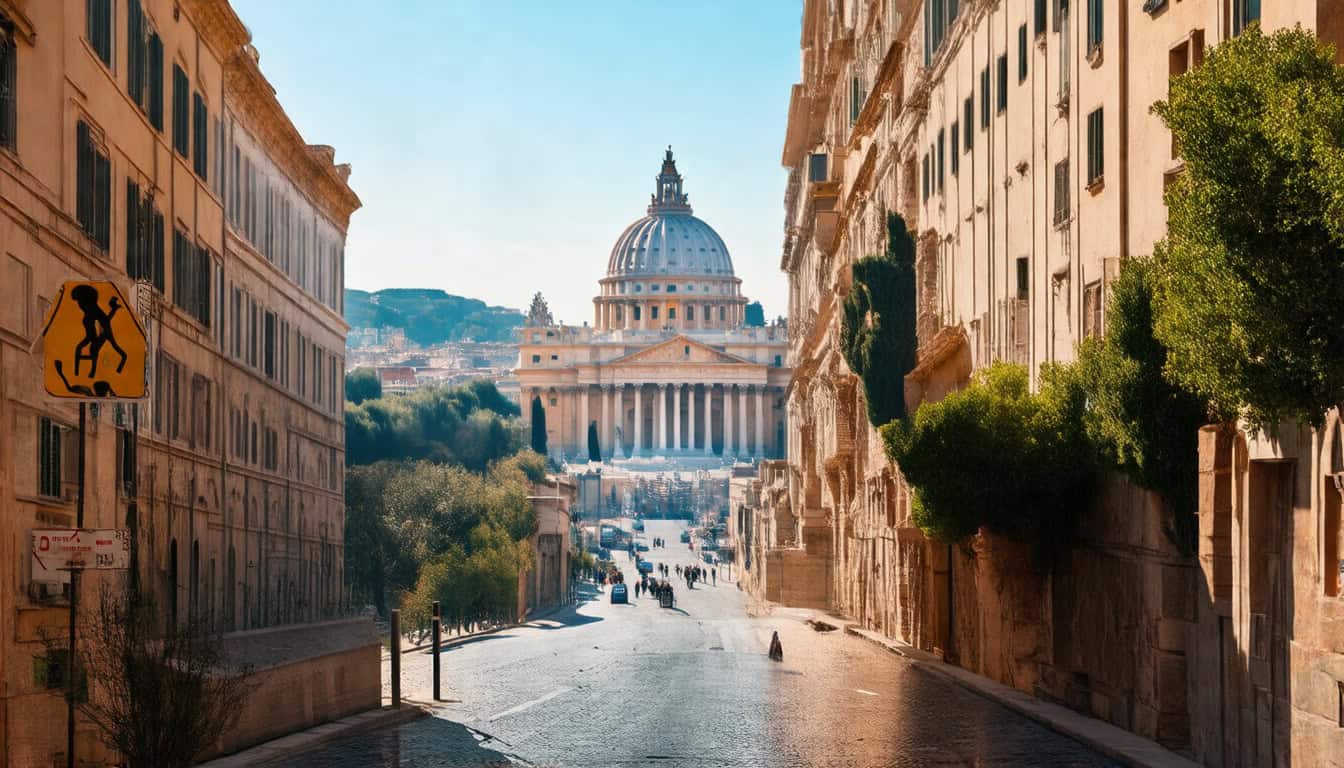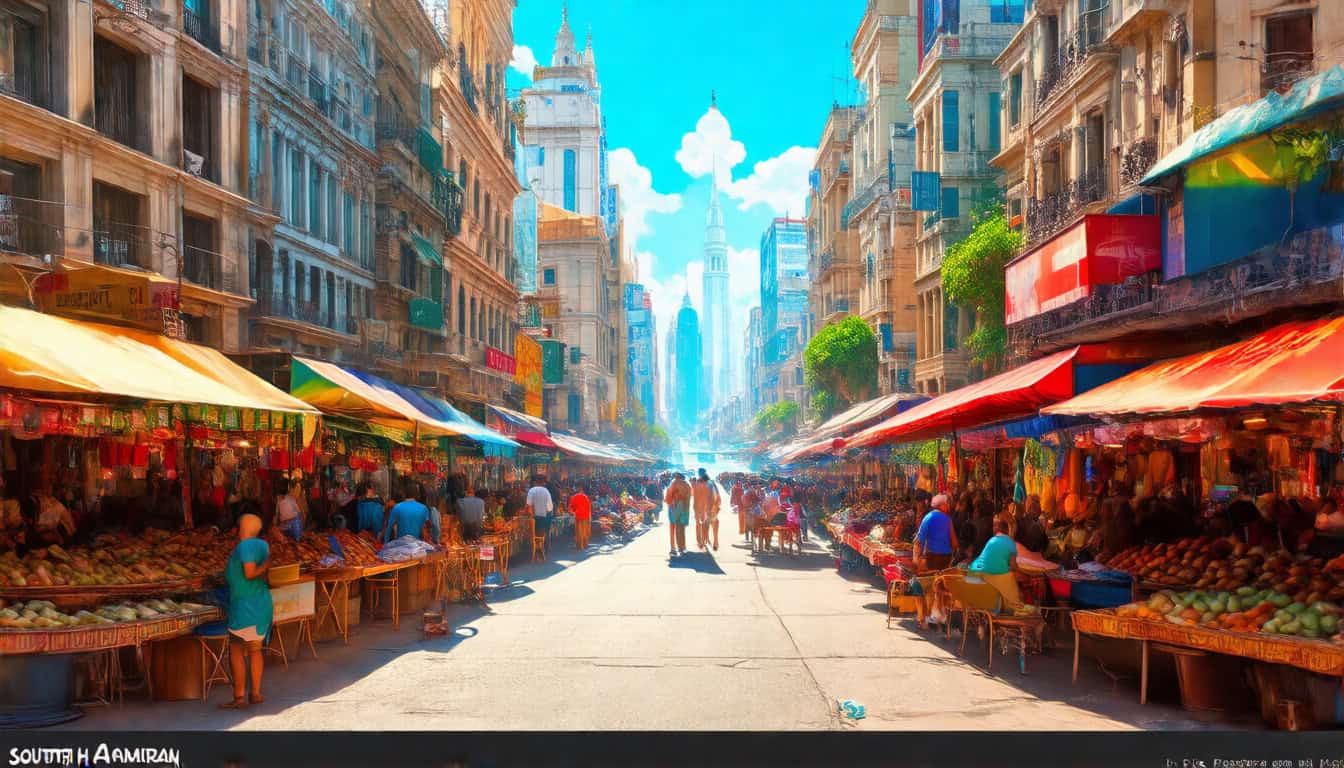Rome, with its rich history, stunning architecture, and vibrant culture, attracts millions of visitors every year. Many travelers ask whether the city remains safe to explore. The truth is that Rome, like many major cities, has areas where visitors should exercise caution. Understanding these places can help ensure a pleasant and secure visit.
Safety in Rome Compared to Other European Capitals
Rome hosts nearly three million residents, making it the third-largest city in Europe. From a safety perspective, locals often say Rome ranks well compared to other capitals. It is generally safer than Paris and considerably safer than cities like Stockholm or Berlin. Some safety rankings even place Rome above other northern European capitals such as Oslo or Helsinki.
While that might sound reassuring, safety depends on the time and location within the city. The overall crime rate in Rome tends to be low by international standards, with less than one murder per 100,000 residents annually. For context, Chicago has a murder rate nearly twenty times higher. This means that what locals label as risky areas may still be safer than well-known dangerous neighborhoods in American cities such as Baltimore.
When and Where Should You Be More Careful?
The busiest months for tourism in Rome are summer and fall. These seasons bring more visitors, both tourists and pickpockets. Crowded places, such as main tourist sites and transport hubs, often see more petty crimes like theft and distraction scams.
For example, the Coliseum and its surrounding areas are hotspots for pickpocketing. Thieves rely on distractions and exploit the busy environment to catch unsuspecting tourists off guard. Visitors should keep a close watch on belongings, avoid flaunting expensive items like watches or phones, and refrain from carrying bulky luggage on foot in crowded areas. Taxi drivers sometimes charge high rates without prior agreement, so always confirm the fare before starting a ride. While ridesharing apps can be expensive, they usually avoid scams common with traditional taxis.
Be cautious when offered gifts like free bracelets or trinkets by strangers near tourist zones. Accepting these offers can lead to aggressive demands for money.
Five Neighborhoods Travelers Should Avoid, Especially at Night
Although Rome is mostly safe, some neighborhoods require extra vigilance. These areas have histories of petty crime, drug-related offenses, or organized criminal activity. Visitors should avoid wandering through them, especially after dark.
- Termini Station Area
The neighborhood around Termini, Rome’s main train station, ranks as one of the less safe parts of the city. Although conditions have improved compared to decades ago, the area still demands caution. Tourists should avoid displaying expensive cameras or valuables and stay alert when walking through the station or nearby streets at night. Pickpocketing and scams remain a concern here.
- Esquilino District
Close to Termini, the Esquilino area has a rich history but also experiences petty crimes such as pickpocketing and tourist scams. The stretch known as Via Giolitti can feel unsafe at night. Travelers should keep their wits about them and avoid isolated sections after dark.
- San Basilio
Located in the northeastern part of Rome, San Basilio is mostly residential and not a typical tourist destination. It is known for higher crime rates, including drug offenses and vandalism. Visitors without local knowledge should avoid this neighborhood.
- Tor Bella Monaca
Situated far from the city center, Tor Bella Monaca suffers from a reputation tied to drug trafficking and organized crime. Its block-style housing and environment can feel alien to tourists. Locals advise steering clear of this area, especially after dark.
- Torre Angela
Often considered one of Rome’s least safe neighborhoods, Torre Angela lies close to Tor Bella Monaca in the city’s eastern zone. Since 2019, there have been multiple arson attacks targeting businesses and residents, hinting at a climate of intimidation. Although the area is undergoing some redevelopment, criminal connections remain an issue.
Tips to Stay Safe When Visiting Rome
The main rule for safety in Rome is awareness. Keep personal belongings secure and avoid walking alone in unfamiliar places once the sun goes down. Use luggage storage services if you are on a short trip and do not want to carry bulky bags while sightseeing. Many companies offer reliable options throughout the city, making it easy to drop off luggage and explore hands-free.
Be cautious about where you accept help or gifts. Keep taxi rides transparent by agreeing on fare prices before starting the trip. Use official or app-based transport options if possible.
When moving around, try to stick to well-lit, populated streets, especially at night. Do not display expensive accessories openly; this can attract unwanted attention. If possible, learn basic Italian phrases to navigate better and ask locals for advice on safer routes and areas to visit.
What About Other European Cities?
Compared to Rome, some European capitals have higher crime rates. Paris, for example, experiences more frequent incidents and can feel less safe in certain neighborhoods. It is worthwhile to research your destination thoroughly and treat each city on its own terms regarding safety.
Carrying Luggage: A Risk Factor
One story highlights how carrying visible luggage can increase the chance of theft. Tourists distracted by bags become easier targets. Using short-term luggage storage allows visitors to move freely and focus on enjoying the city. This small step can reduce anxiety and guard against opportunistic theft.
Rome remains a city of incredible charm and beauty. By respecting its few unsafe zones and staying alert, visitors can enjoy its wonders without worry. Every city has contrasts and challenges, but preparation and caution make for rewarding travel experiences.






